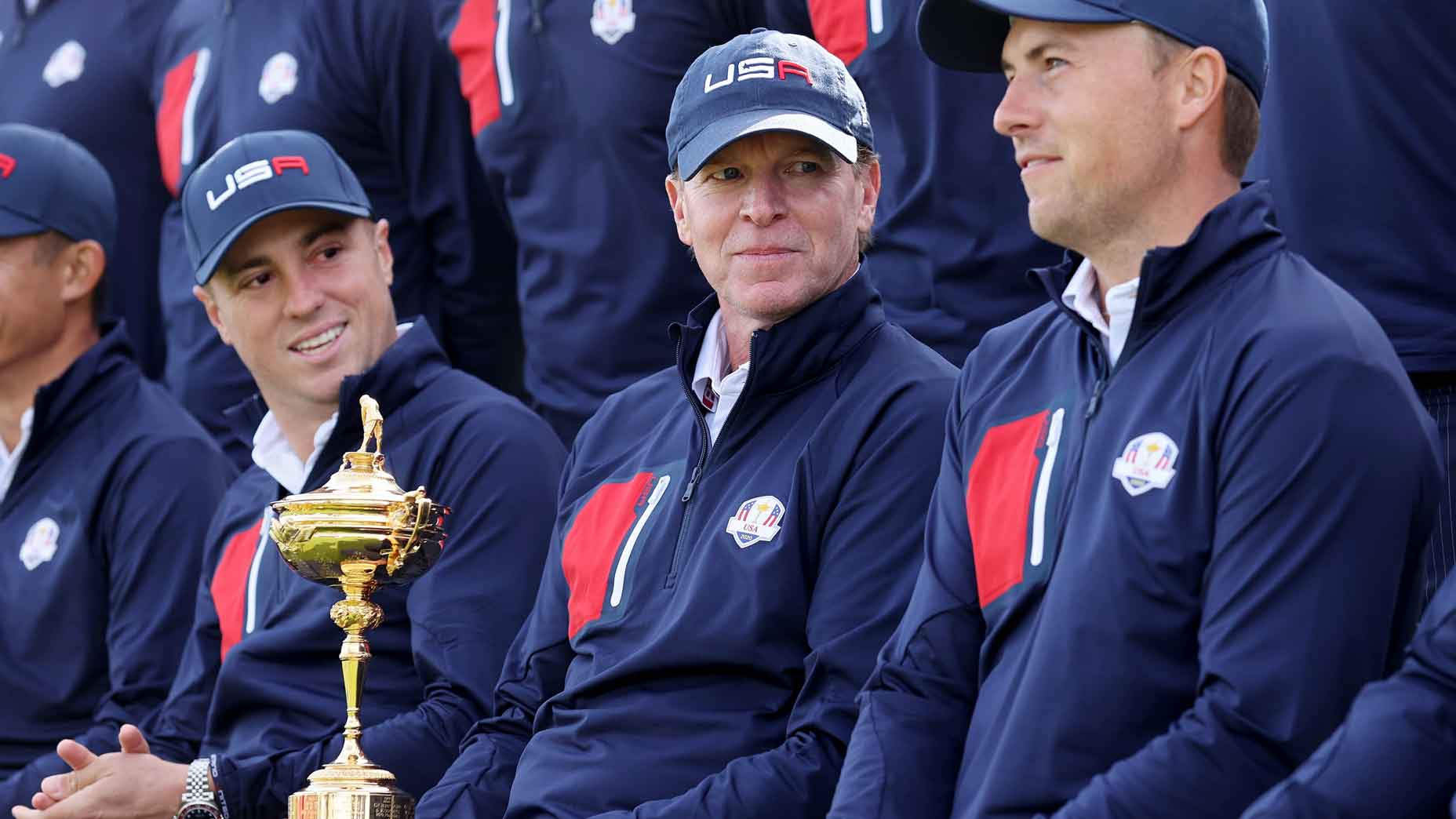JoAnne Gregory Overstreet is a 77-year-old retired teacher who lives in Las Vegas. She’s not a golfer. But she is the daughter of one, the only child of golf’s ultimate secret legend, Ann Moore Gregory. Mrs. Overstreet knows what her mother endured as a Black woman playing amateur golf in mid-century America. She tells her mother’s story because she must.
Her mother was born as Ann Moore in 1912 in Aberdeen, Miss. She attended segregated schools and after the death of her parents in a car crash went to school while working as a live-in maid for a white family. It was not fun and games. As a grown woman, she became the first Black golfer to play the 18-hole city-owned course in Gary, Ind. The “big course,” the locals called it. That was in 1947. Nine years later, in 1956, Ann Gregory became the first Black woman golfer to play in a U.S. Women’s Open and, two months later, a U.S. Women’s Amateur.
The latter breakthrough was reported in scores of American newspapers. From an AP account: “This tournament is also noteworthy because of the entry of its first Negro woman golfer. She is 38-year-old Ann Gregory of Gary, Ind., twice the winner of the National Negro Association title.” But she was actually 44. The 44-year-old rookie.
Sewsunker ‘Papwa’ Sewgolum is likely the best golfer you’ve never heard of — and here’s whyBy: Michael Bamberger
Ann Moore moved to Gary in the 1930s and married Leroy Gregory, a steelworker, in 1939. He was a transplanted Mississippian, too. The warmth of other suns. A bit of poetry from Richard Wright’s typewriter that captured the migration of millions of Blacks from the South, Ann Moore and Leroy Gregory among them.
Mr. Gregory took up golf. Mrs. Gregory took up tennis. Mr. Gregory joined The Par-Breakers, a club for Black male golfers in Gary. Mrs. Gregory asked herself, What is it with these men and that golf? (Same as forever.) Mr. Gregory served on a Navy ship in the South Pacific during World War II. Mrs. Gregory, a young mother with a husband a half-world away, started playing Gary’s city-owned hardscrabble nine-hole course. Mr. Gregory came home and started playing with his wife. Mrs. Gregory beat him like a drum and all his Par-Breaker buddies, too, even when they made her play from the men’s tees.
One day in 1947, Ann and Leroy Gregory went out to play golf. Ann didn’t want to play the little course, the nine-holer to which Black golfers were relegated. But no Black golfer had ever played the big course.
“I’m a resident of Gary,” Ann Gregory told the man in the pro shop, as her daughter recounted it recently. “I pay my taxes. My money’s as good and as green as anybody else’s. I want to play the big course.” Nobody stopped her.

Consider what Ann Gregory endured to get to that first tee, and to others. She was mistaken for country-club help at one USGA event. She wasn’t permitted in the clubhouse for a contestants’ dinner at another. People said rude and threatening things to her. Her attitude was always the same: “Racism is their problem.” Ann Moore Gregory knew who she was, and others did, too. She was invited to play in an exhibition with Joe Louis, Jackie Robinson and Althea Gibson. (What a foursome!) She won hundreds of tournaments, local, regional and national. First the trophies took over a room. Later a basement.
She was a church leader at Delaney Memorial United Methodist. She played with the male owner of The Elbow Room, a bar and restaurant in her midtown neighborhood. She was a caterer. She was the first Black woman to serve on the board of the Gary Public Library. She helped Richard Hatcher become the first Black mayor of Gary.
Her daughter the teacher, JoAnne Gregory Overstreet, married a civil engineer. Now their grandchildren are learning all about their great-grandmother.
Mrs. Overstreet told me the story of her mother’s life as she has told it to others over the last 30 years. Her mother died in 1990, eight months after her father. Mrs. Overstreet packed the scrapbooks and sold the family’s redbrick house. It had three bedrooms, a one-car garage and a front door framed by distinctive stonework. Everything was nearby: JoAnne’s schools, The Elbow Room, her mother’s golf course and hairdresser and sister, the family’s church. Ann Gregory went in and out that front door a dozen times a day as a mother, wife, sister, civic leader, church elder. As a pioneer and an athlete. As a giant.











